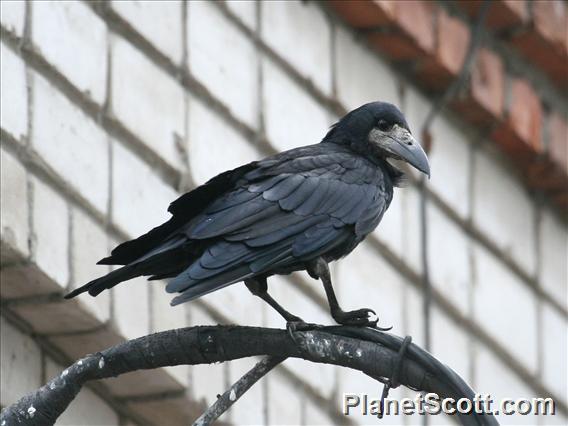Rook (Corvus frugilegus)

Rook (Corvus frugilegus)
×


Rook (Corvus frugilegus)
About Rook (Corvus frugilegus)
- Kingdom: Animals
- Phylum: Chordates
- Class: Birds
- Order: Perching Birds
- Family: Jays and Crows
The rook is a member of the family Corvidae in the passerine order of birds. It is found in the Palearctic, its range extending from Scandinavia and western Europe to eastern Siberia. It is a large, gregarious, black-feathered bird, distinguished from similar species by the whitish featherless area on the face. Rooks nest collectively in the tops of tall trees, often close to farms or villages; the groups of nests are known as rookeries.
Source: Wikipedia
Visits
-
-
-
-
-
-
2024-02-18
Akan-Mashu National Park, Japan -
-


